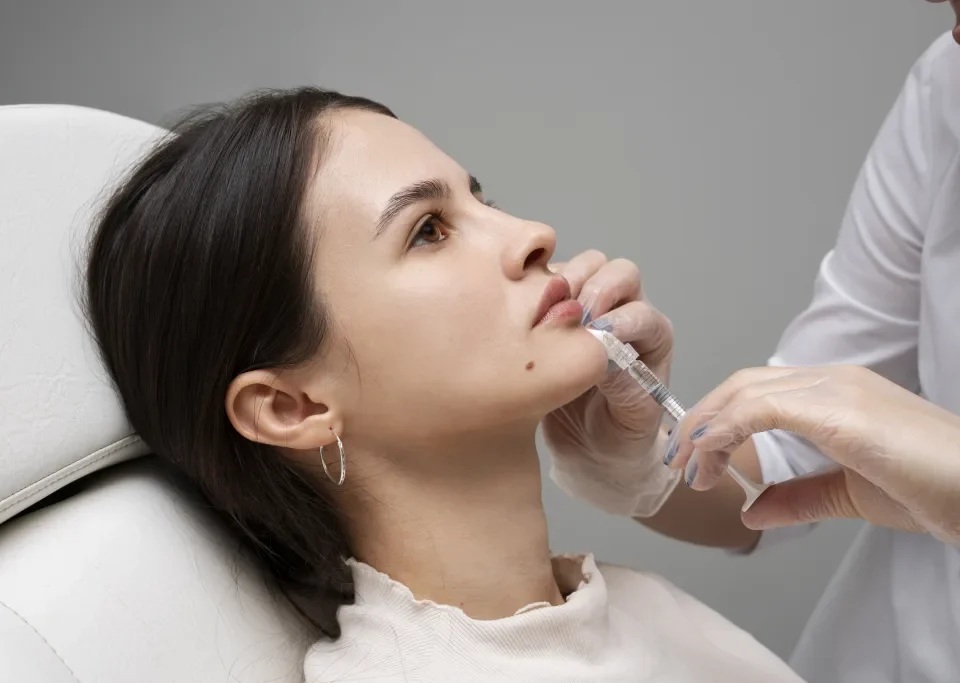
How Can Gynecologists Help With Infertility?
October 17, 2025
How to Choose an Eye Doctor Who Fits Your Lifestyle
October 17, 2025A traumatic brain injury can disrupt many bodily functions, and the visual system is sometimes affected. Post-trauma vision syndrome describes a collection of visual issues that arise after neurological events, such as a traumatic brain injury. Understanding this condition is the first step toward managing its symptoms and improving quality of life.
What Is Post-trauma Vision Syndrome?
Post-trauma vision syndrome, or PTVS, is a visual condition that can occur following a traumatic brain injury (TBI), stroke, or other neurological disorders. It involves a dysfunction in the communication between the eyes and the brain. The ambient visual system, responsible for spatial awareness and peripheral vision, is sometimes disrupted, affecting how a person perceives their surroundings. PTVS can lead to a variety of visual and perceptual difficulties that interfere with daily activities, such as reading, walking, and driving.
What Causes It?
The primary cause of PTVS is damage to the parts of the brain that process visual information. This damage can result from a direct impact to the head, such as in a car accident or a fall. It can also be caused by non-traumatic events like a stroke, which interrupts blood flow to the brain.
When the neural pathways between the eyes and the brain are disrupted, the brain may struggle to interpret visual signals correctly. This misinterpretation leads to the symptoms associated with PTVS. The severity of the injury often correlates with the severity of the visual symptoms.
What Are the Symptoms?
Symptoms vary widely among individuals. Some people experience difficulties with eye tracking, which can make reading challenging. They may also have problems with depth perception, and this potentially affects their ability to navigate their environment safely.
Other symptoms include:
- Double vision
- Sensitivity to light
- Blurred vision
- Headaches
- Dizziness and balance problems
These symptoms can be persistent and impact a person’s ability to perform daily tasks. Proper identification of these symptoms is the initial step toward diagnosis and treatment.
How Can You Detect It?
Detecting PTVS requires a comprehensive neuro-optometric evaluation. A specialist will assess various aspects of visual function that go beyond a standard eye exam, including tests for eye teaming, focusing, and tracking abilities. The evaluation may also involve testing the patient’s visual field and perceptual skills, and the specialist will look for specific patterns of visual dysfunction that are characteristic of PTVS. A thorough assessment is necessary to distinguish PTVS from other visual conditions and to formulate an effective management strategy.
What Are the Management Options?
Management focuses on retraining the visual system. Neuro-visual rehabilitation therapy is a common approach, and it involves a series of customized exercises designed to improve visual skills. These therapies aim to re-establish proper communication between the eyes and the brain.
Specialized lenses, including prisms, may be prescribed to help correct issues with eye alignment and reduce symptoms like double vision. Neuro-visual postural therapy may also be recommended, and this therapy addresses balance and spatial awareness problems by integrating visual information with motor skills. The goal of these interventions is to improve visual function and enhance the patient’s overall quality of life.
Consult a Specialist Today
Post-trauma vision syndrome is a complex condition that arises after a neurological event, and it affects the brain’s ability to process visual information. Management options like neuro-visual rehabilitation, prisms, and neuro-visual postural therapy help manage the symptoms. If you are experiencing visual problems after a traumatic brain injury, consulting a neuro-optometrist provides a path toward recovery.
- Navigating Healthy Weight Loss During Life Changes
- Candizi – Where Wellness Meets Delicious Simplicity
- EO PIS – Executive Operations Performance Indicator System Explained
- A 2022. Évi Téli Paralimpia Megnyitó Ceremóniája – A Grand Opening Beyond Sports
- Understanding the Services Offered at Aesthetic Centers




